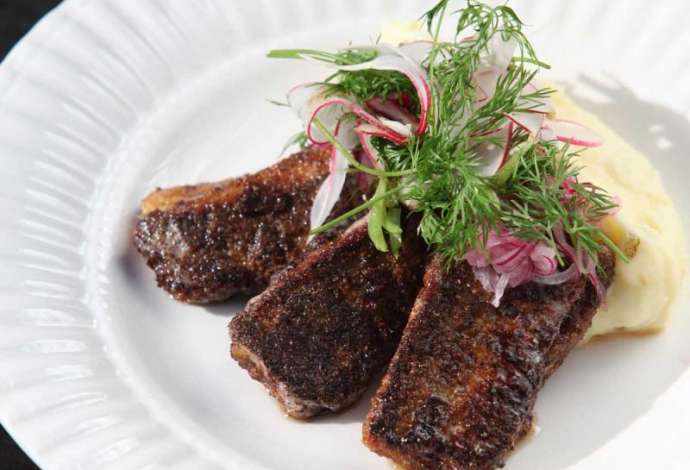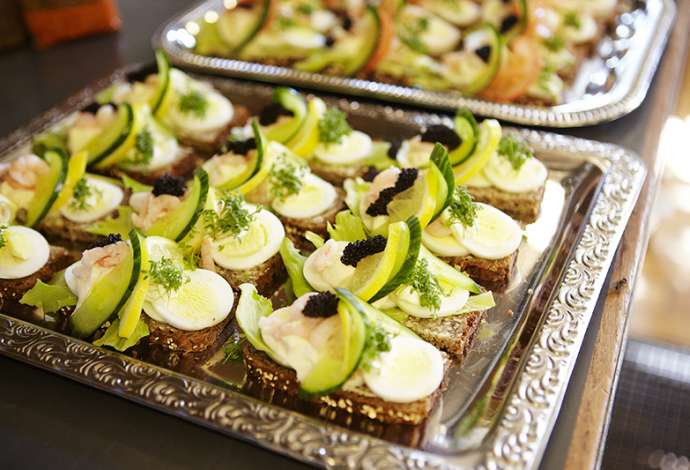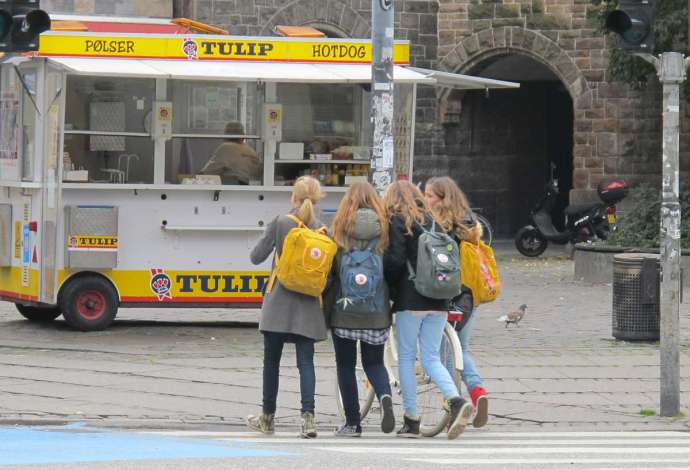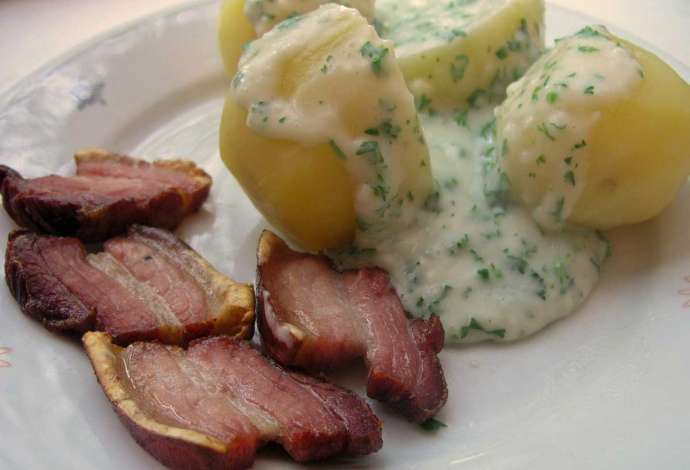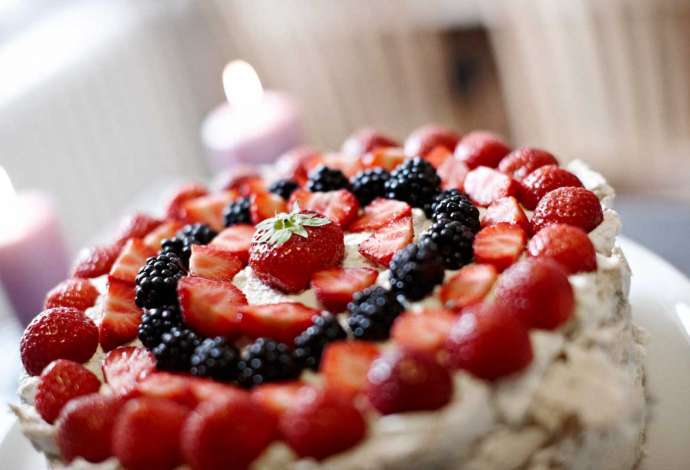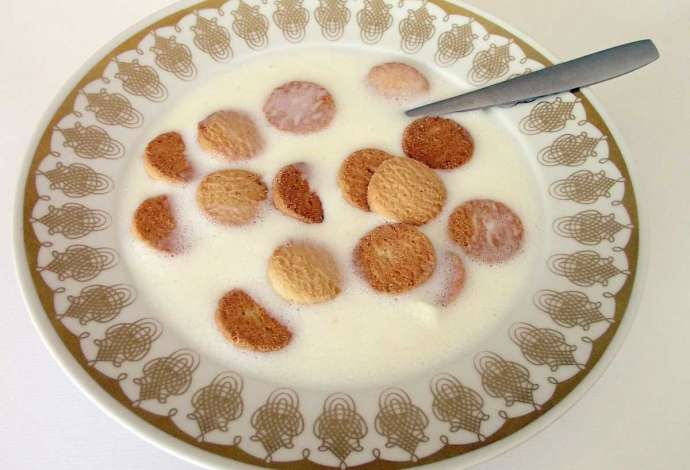Are you planning a holiday in Denmark and want to bring your dog along?
Good news – many Danhostels across Denmark welcome dogs, so you never have to leave your best friend behind.
10 Foods You Should Try When You Visit Denmark
Every country has its special cuisine. Denmark is no different. From appetizers to desserts, you can find a choice of delicious foods and specialties. Most people know about Danish butter cookies (småkager), and liquorice (lakrids), but what about other meals and goodies? How much do you know about the foods Danes love? Here are 10 different foods you should try when you visit.
1. Nordic Cooking
Denmark enjoys the distinction of having the most Michelin starred restaurants in Scandinavia - 21 in total. Remember to book months in advance for a table. Other restaurants have followed in their example and adopted the Nordic cooking trend.
2. Open Face Sandwiches
Open face sandwiches - truly a Danish treat – are pieces of buttered rye bread garnished/decorated with slices of boiled eggs, various meats, fish, and vegetables.
3. Hot Dogs/Sausages
Hot dog vans known as pølsevogne can be found anywhere in Denmark. They attract a steady flow of Danes and foreigners. An organic hotdog stand located near the Round Tower (Rundetårn), sells various organic meat and vegetable hot dogs. They are served with bread, or healthy mashed roots (rodfrugtmos).
Medister sausage (medisterpølse) - pig intestines stuffed with pork and spices - is another type of sausage sold in Danish supermarkets and eaten by locals with brown sauce and beetroot.
4. Denmark’s National Dish
While there are many meat dishes, fried pork with parsley sauce and potatoes (stegt flæsk med persillesovs og kartoffler), is Denmark’s national dish. Pieces of pork meat seasoned with salt and pepper are fried until crisp, then served with potatoes and parsley sauce.
5. Herring
Herring is sold smoked, curried, marinated, or as Sol Over Gudhjem, a favourite especially on the Danish island of Bornholm. Sol over Gudhjem, translated as ‘sun over Gudhjem’ - a town on Bornholm - is a buttered piece of rye bread topped with herring, red onions, and an egg yolk. Other fish such as salmon, plaice, and cod are eaten with dressings such as parsley sauce and potatoes.
6. Rye Bread
Rye bread or rugbrød, is the traditional Danish bread. It is used when making the famous open sandwiches, and is eaten mostly for lunch with any chosen topping. Rugbrød is made from rye flour, various seeds and sourdough, and is the healthy choice over white bread.
7. Asparagus
Not that the Danes don’t like other vegetables, but white and green asparagus are grown and loved in Denmark. The asparagus season lasts only three weeks. Tivoli, the Amusement Park, even has an asparagus menu. During the summer months, Danes blanch their asparagus and serve them with butter and salt, bake them in the oven with other vegetables, wrap them in bacon and grill them, eat them with white sauce and shrimps, or use them as an addition to their main course.
8. Frikadeller
A frikadeller is a fried meatball made from fish, pork, or a blend of pork and beef, and is eaten with potatoes and parsley sauce. Fish frikadeller is usually eaten cold with remoulade and/or fried onions.
9. Layer Cakes and Other Desserts
Danes make a variety of desserts. Layer cakes, made with layers of sponge cake and cream, and/or fruits between each layer, and topped with fruits, chocolate and/or marzipan is absolutely delicious.
Denmark’s many layered pastries, wienerbrød, can be purchased at supermarkets, cafes, and pastry shops.
Another popular dessert, known as rødgrød med fløde, is easy to make. Heat some red berries with a little sugar and vanilla, and slightly thicken the sauce with a bit of cornstarch. Serve with cream. Yum!
I would never be forgiven by a Dane if I forget to mention chocolate covered egg whites, known as flødeboller, and liquorice, called lakrids in Danish. Liquorice can be sweet and strong, or hot and salty. It does crazy things to your taste buds and if you are not careful, it could grow on you...
10. Koldskål with Biscuits
Danes enjoy Koldskål. Frida who works for Danhostel reminisces, “When I visit my grandmother at the start of summer, I sit outside and enjoy koldskål , and the smell of freshly cut grass. Koldskål reminds me of summer.” Koldskål is a thick, sweetened dairy product with or without lemon flavour. It is eaten with biscuits, and strawberries are almost always added.
These are just a few examples of what you can eat when you come to Denmark. There are, of course, many other cuisines available which might tickle your fancy; however, you will understand the Danes much better when you eat with them, and learn a few Danish phrases and words such as ‘tak for mad,’ 'det var dejligt,' ‘hygge,’ and ‘velbekommen.’
Are you planning a holiday in Denmark and looking for inspiration, attractions and practical travel tips? Danhostel has created a series of regional English travel guides designed to help international visitors discover the best of Denmark. Whether you want to explore vibrant cities, sandy beaches, castles, Viking heritage or family-friendly attractions, our guides show you where to go – and where to stay.

